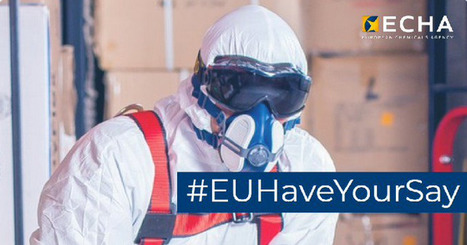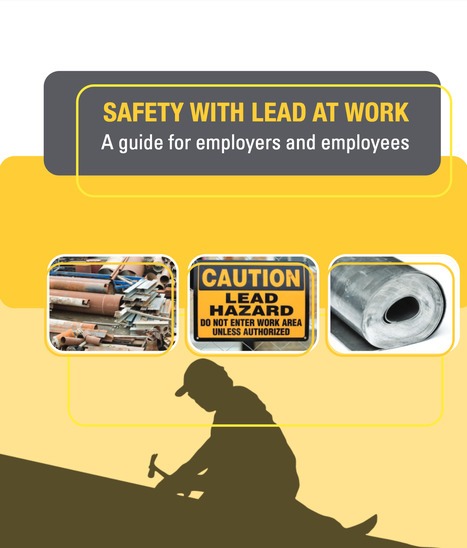Lead is reported in the ATSDR review (2019) as an environmental contaminant that occurs naturally and, to a greater extent, from anthropogenic activities such as mining and smelting and battery manufacturing. Lead is a metal that occurs in organic and inorganic forms; the latter predominates in the environment. Lead is rarely found in its metallic form in nature and commonly occurs as a mineral with sulphur or oxygen.
Research and publish the best content.
Get Started for FREE
Sign up with Facebook Sign up with X
I don't have a Facebook or a X account
Already have an account: Login
 Your new post is loading... Your new post is loading...
|
|


















